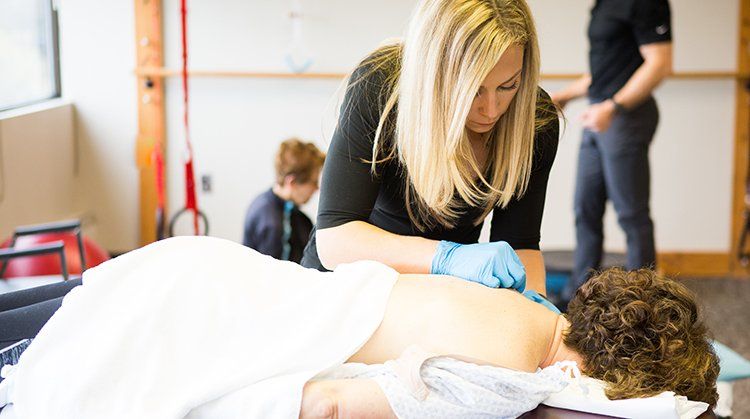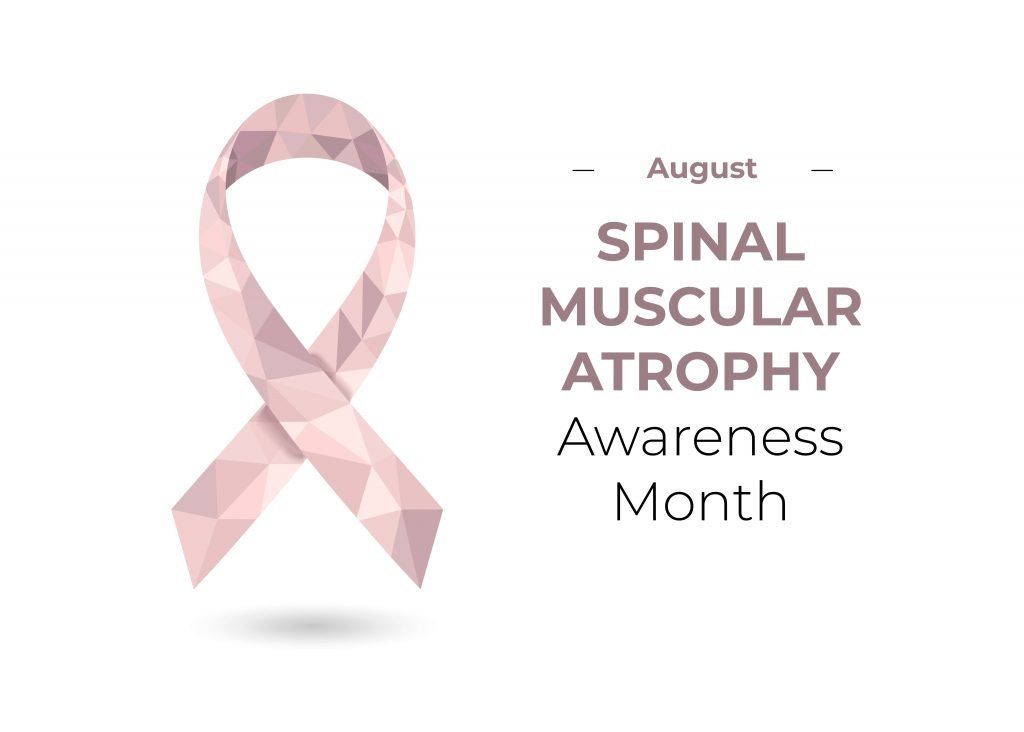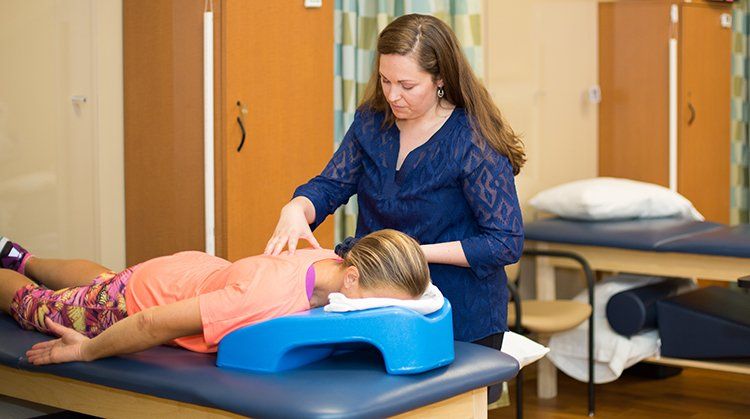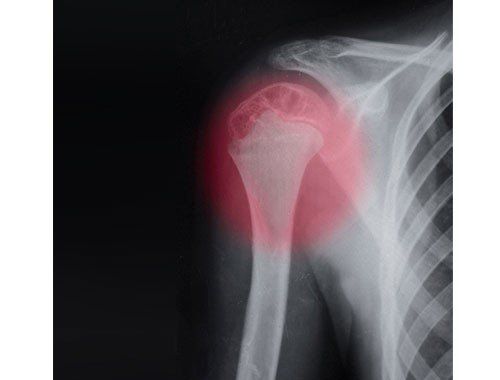Physical Therapist's Guide to Proximal Humerus Fractures
A proximal humerus fracture is a serious injury to the humerus bone in the shoulder joint that requires immediate treatment to preserve function of the shoulder. A fracture to the humerus bone is a possible consequence of a traumatic event, such as a fall or forceful collision. Depending on the specific location and type of fracture to the proximal humerus, surgical intervention may be required. Whether surgical or nonsurgical treatment is needed, physical therapy treatment is essential to safely and effectively restore shoulder function, and return an individual to normal activity.
What is a Proximal Humerus Fracture?
The humerus is one of the long bones of the arm. The distal, or bottom, end contributes to the elbow joint. The proximal, or top, end contributes to the shoulder joint. During a traumatic event, like a fall, any part of the humerus is susceptible to injury. Other bones, including the clavicle (collarbone) or scapula (shoulder blade) can also be injured. However, a fracture to the proximal humerus is especially concerning due to its location and proximity to other important structures, such as the rotator cuff muscles, the brachial plexus (a web of nerves from the neck that supplies the arm), and certain tissues within the shoulder-joint capsule.
Fractures of the proximal humerus typically occur as the result of a trauma, such as a fall where the individual lands directly on the shoulder, a forceful collision, or a more complicated event, such as a car accident. Typically, the position of the arm and body at the time of the trauma will determine how the bone fractures. Individuals of any age and gender may suffer this type of fracture. Individuals who suffer from osteoporosis, or the weakening of bone tissue, may have an increased risk of fracture during any traumatic event.
How Does it Feel?
An individual with a proximal humerus fracture may experience the following symptoms immediately following the injury:
- Pain
- Swelling
- Bruising
- Severely restricted movement of the shoulder
- Numbness and tingling in the arm, forearm, or hand
- Deformity (an unusual appearance) of the upper arm
How Is It Diagnosed?
Proximal humerus fractures are diagnosed by a thorough physical examination and diagnostic imaging. An x-ray is often taken to confirm the fracture. If further information is needed, such as investigating if any soft tissues are also injured, an MRI or CT scan may be required.
Fractures to the proximal humerus are typically classified as:
- Nondisplaced. The pieces of bone at the fracture site are separated, but not out of position. This type of fracture may not require surgery.
- Displaced. The pieces of bone at the fracture site are separated and shifted out of position. This type of fracture typically requires surgery.
Surgical intervention for proximal humerus fractures involves realigning and fixing the fractured bone segments using screws, plates, or rods. If there is more severe damage to the shoulder joint, a more advanced surgical procedure may be needed. If your injury requires surgery, your orthopedic surgeon will review your injury, diagnostic imaging findings, and surgical plan with you in detail.
How Can a Physical Therapist Help?
Following a proximal humerus fracture, physical therapy will be crucial to restore proper function of your shoulder and arm. If surgery is required, physical therapy will typically begin 1 to 4 weeks following the surgery, depending on the specific surgical intervention required.
If surgery is not required, your physician and physical therapist will determine when the best time is to begin physical therapy, based on your bone healing and symptoms. After a traumatic injury like a fracture, individuals lose range of motion, strength, and often develop different movement patterns caused by injury limitations. Your physical therapist will develop an individualized treatment plan to address your specific condition, and help you return to your desired activities.
Your physical therapy treatment may include:
Range of Motion Exercises. Due to their limited movement following a proximal humerus fracture, individuals lose their range of shoulder motion and may develop stiffness of the shoulder joint. Your physical therapist will assess your shoulder motion compared to expected normal motion and the motion of shoulder of your noninjured arm, and lead you through a program of motion exercises to restore shoulder function.
Strengthening Exercises. The muscles of the shoulder and upper back work together to allow for normal upper-body motion. Based on the way the shoulder joint is designed (a ball-and-socket joint, like a golf ball on a golf tee), there are many directions in which the shoulder may move. Therefore, balanced strength of all the upper body muscles is crucial to make sure that the shoulder joint is protected and efficient with its movements. When there is a fracture to the proximal humerus (near the “ball” segment of the joint), the muscles around the shoulder girdle weaken, as they are not being used normally; this process is called "atrophy." There are many exercises that can be done to strengthen the muscles around the shoulder, so that each muscle is able to properly perform its job. Often, building strength after a fracture can take weeks to months due to atrophy. Your physical therapist will help you develop a strengthening program that is safe and comprehensive.
Manual Therapy. Physical therapists are trained in manual (hands-on) therapy. When appropriate, based on the stage of healing at your fracture site, your physical therapist will gently move your shoulder joint and surrounding muscles as needed to improve their motion, flexibility, and strength. These techniques can target areas that are difficult to treat on your own.
Modalities. Your physical therapist may recommend therapeutic modalities, such as ice and heat to aid in pain management.
Functional Training. Whether you work in a factory, are a mother of a young child, work as a secretary, or are an older adult, the ways in which you perform your normal daily activities are important. Improper movement patterns after a fracture may come back to haunt you, as they may lead to future secondary injuries. Physical therapists are experts in assessing movement quality. Your physical therapist will be able to point out and correct faulty movements, so you are able to regain use of, and maintain, a pain-free shoulder.
Can this Injury or Condition be Prevented?
Unfortunately, the unexpected traumatic events that are responsible for proximal humerus fractures cannot be directly prevented. However, based on the individual, certain precautionary measures can be taken to decrease the risk of any fracture:
- For older individuals or individuals with known balance problems, removing fall-risk hazards in the home, such as loose rugs is beneficial. It is also important to encourage the use of handrails, assistive devices, and proper shoes.
- For athletes participating in contact sports, it is important to always use proper protective equipment, as required by the rules and regulations of the specific sport.
- For individuals with low bone density, following prescribed guidelines for appropriate vitamins and minerals, such as calcium and vitamin D, is helpful to maximize healthy bone composition.
MoveForwardPT.com, the official consumer Website of the American Physical Therapy Association,© 2017










